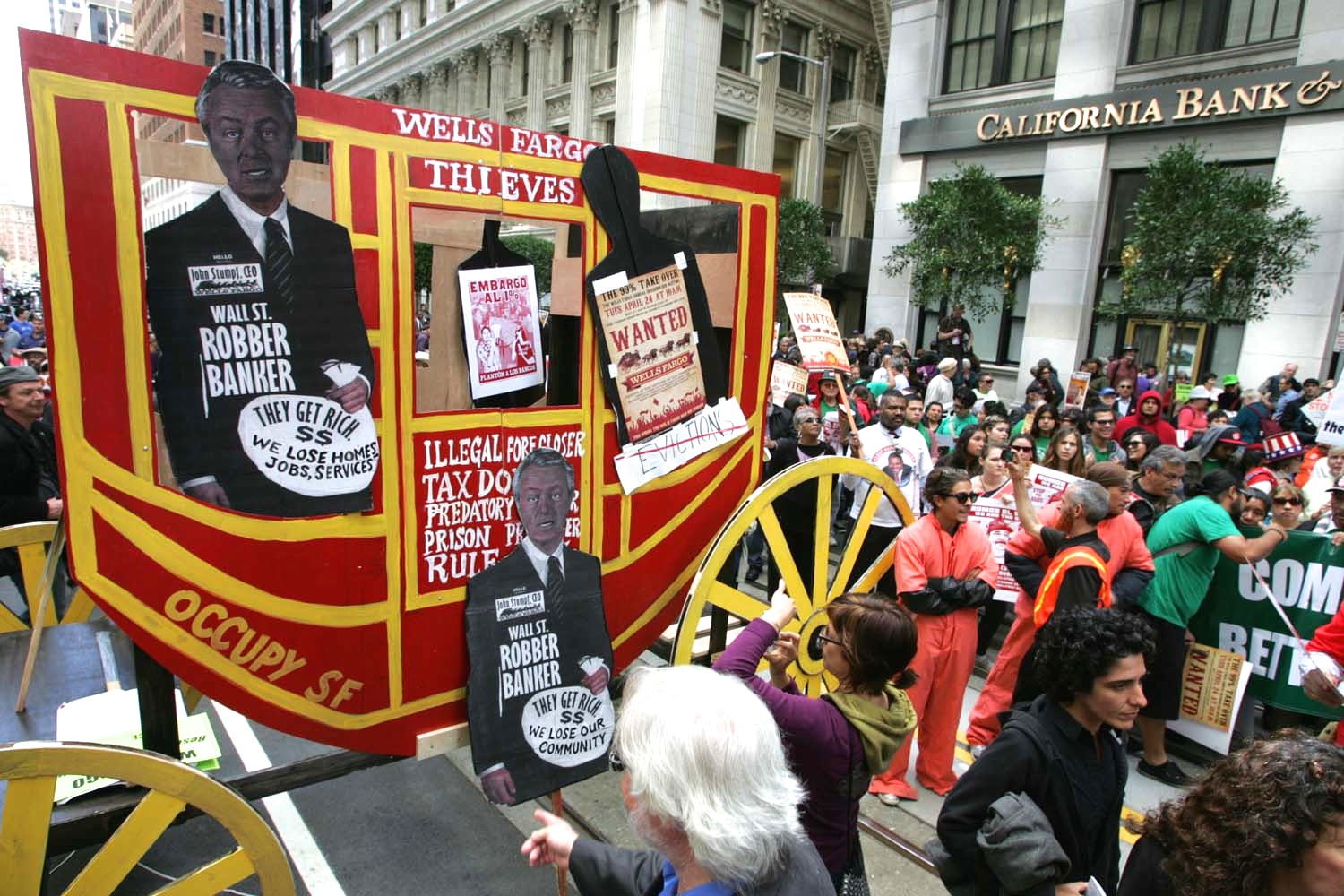
When you hear a reference to $1 trillion, it usually is in connection to the stock market capitalization of a handful of the largest tech companies. Yet that ten-figure number can now also be applied to what those companies and others have together paid in fines and settlements to resolve allegations of misconduct.
The total penalties documented in the Violation Tracker database for the period from 2000 through the present now surpass $1 trillion. To mark this milestone, my colleagues and I have just issued a report called The High Cost of Misconduct, which looks back at the last quarter-century of corporate crime and regulatory non-compliance.
Total payouts grew from around $7 billion per year in the early 2000s to more than $50 billion annually in recent years. This amounts to a seven-fold increase in current dollars, or a 300 percent increase in constant dollars.
The $1 trillion total could not have been reached without the massive penalties paid by companies such as Bank of America ($87 billion, mainly in connection with the toxic securities and mortgage abuses scandals of the late 2000s), BP ($36 billion, mainly from the Deepwater Horizon disaster), Wells Fargo ($27 billion, largely from the bogus accounts scandal), and Volkswagen ($26 billion, primarily from the emissions cheating scandal). There are 127 companies with penalty totals of $1 billion or more.
With these companies and many others, their totals reflect flagrant recidivism. Looking only at the more serious cases, two dozen parents have been involved in 50 or more cases in which they paid fines or settlements of $1 million or more. Bank of America has the most, with an astounding 225 such cases.
While the vast majority of the 600,000 cases in Violation Tracker are civil actions, the database contains more than 2,000 entries involving criminal charges. These account for more than 13 percent of the $1 trillion penalty total. Twenty-six parent companies have paid $1 billion or more in criminal cases, with the largest totals coming from the French bank BNP Paribas in connection with economic sanctions violations and from Purdue Pharma for its role in causing the opioid epidemic.
In many of these criminal cases, the companies were able to resolve the matter without having to plead guilty. That is because the Justice Department makes extensive use of arrangements known as deferred prosecution agreements and non-prosecution agreements. These are leniency deals by which companies pay substantial penalties but avoid a criminal conviction. Violation Tracker documents more than 500 cases involving a DPA or an NPA, with total penalties of more than $50 billion.
The theory behind these leniency agreements is that companies will learn from their mistakes and clean up their conduct. Yet there have been numerous instances of companies that signed a DPA or NPA ending up embroiled in another scandal. Amazingly, some of these companies were offered another leniency agreement, thus making a mockery of the deterrence concept. Among the double-dippers are American International Group, Barclays, Boeing, Deutsche Bank, HSBC, and Teva Pharmaceuticals.
The fact that penalties have reached the 10-figure level suggests that during the past quarter century we have been living through a continuous corporate crime wave. Every year, companies pay out billions of dollars for a wide range of offenses. Many large corporations are fined or enter into settlements over and over again, often for the same or similar misconduct.
Monetary penalties are meant in part to deter future transgressions, but there is no indication that is happening. Instead, the fines and settlements seem to be regarded as little more than a cost of doing business. Presumably, the profits from wrongdoing outweigh the penalties.
It is odd that amid a move to return to tougher policies to combat street crime, there is not an analogous effort to crack down on corporate crime. Instead, the Justice Department continues to employ leniency agreements that have frequently been ineffective in getting rogue companies to change their ways. The DOJ also remains reluctant to bring criminal charges against corporate executives, except in the most flagrant circumstances.
In a few cases, DOJ has experimented with different approaches, including forcing companies to exit lines of business in which they behaved illegally. Last year, for example, Teva Pharmaceuticals and Glenmark Pharmaceuticals were not only fined for scheming to fix prices of several generic drugs—they had to divest their operations relating to one of the drugs. That kind of penalty should shake up companies more than fines alone and thus should be used more frequently.






